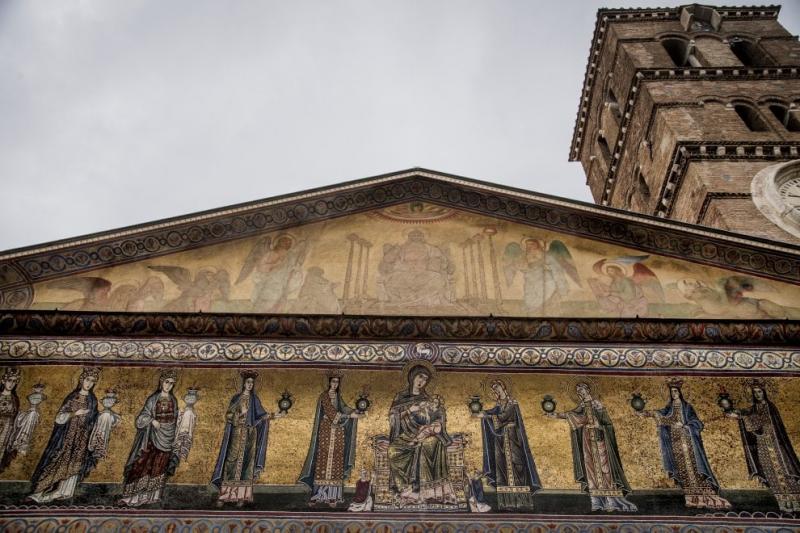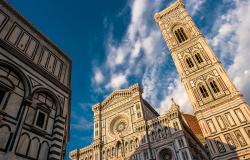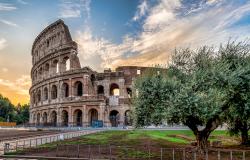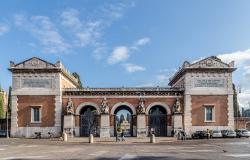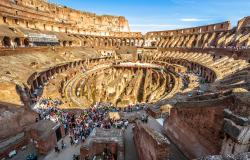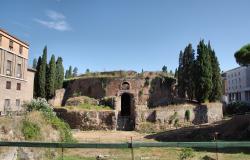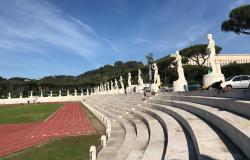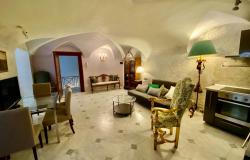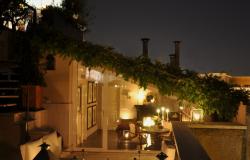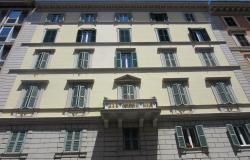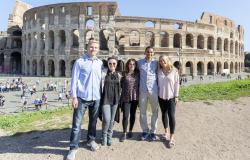One of the oldest churches in Rome, the Basilica of Santa Maria in Trastevere was recently in the news as its restored façade has been unveiled after 18 months of demanding restoration work that cost €400,000.
The medieval mosaics that run across the façade, which had become illegible, are shining again in their glimmering gold; they depict the Virgin Mary with the infant Jesus at the center, flanked by 10 women holding lamps.
The restoration was complex because it involved various styles and materials – the medieval mosaics, the 18th-century statues and structures in travertine and granite, the 19th-century wall paintings - and the various interventions carried out on the basilica over time, such as the addition of a portico by architect Carlo Fontana in the 18th century, now cleaned, and of fresco paintings by Silverio Capparoni in the 19th century, now clear again.
The Basilica dates back to the 3rd century, when Pope Callixtus I founded a Christian house-church. It was re-erected on its old foundations in the 12th century under Pope Innocent II, when the bell tower was also built.
"The restoration of Santa Maria in Trastevere was much awaited by the Romans,” said Rome Special Superintendent Francesco Prosperetti. “The 19th-century frescoes that were faded can now be admired again and the medieval mosaics gained their original shine back. It was a successful restoration, albeit an especially difficult one due to the need to find the right balance between the recovery of the 19th-century decoration and the preservation of the splendid medieval mosaics.”
The Basilica of Santa Maria in Trastevere sits on the piazza by the same name, a popular nightlife spot in Trastevere, and a much visited square in the neighborhood, a favorite with tourists.
The church is no less beautiful inside with its 22 granite columns topped by Ionic and Corinthian capitals that came from the ruins of the Baths of Caracalla, late 13th-century mosaics by Pietro Cavallini, and the Avila Chapel.
